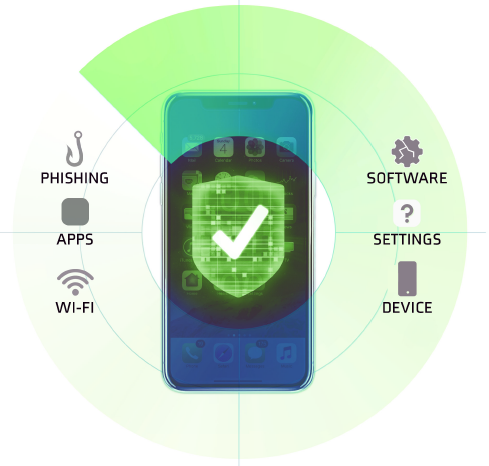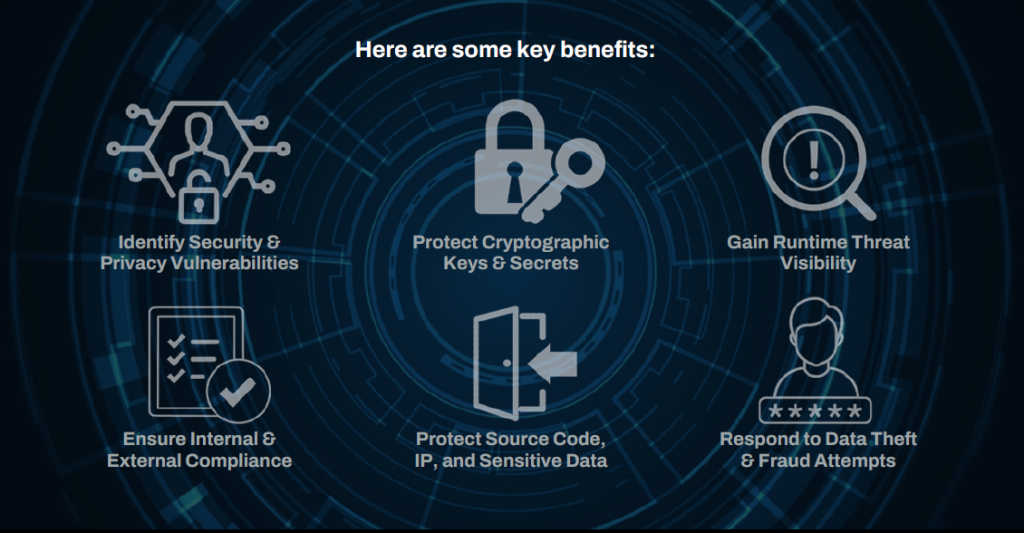MOBILE SECURITY
While traditional endpoints continue to be leveraged, security teams are challenged to gain the visibility they need into mobile device usage and activity. This lack of visibility makes it difficult and time-consuming for teams to detect threats and prioritize remediation efforts. Further, with each new endpoint that starts accessing enterprise systems, the organization’s attack surface expands, thus increasing the risk of nefarious activity. However, mobile security is often overlooked and neglected.

Source: 2022 Global Mobile Threat Report
Attacks on mobile devices and applications had a negative impact on systems, privacy, customer data, and more. With these devices processing and accessing critical information like passwords, multi-factor authentication apps, and corporate files and communications, it’s no surprise that the threats have increased over the last few years—and that malicious actors continue to invest more in targeting these devices and applications with increasing levels of sophistication.
Mobile Threat Defense
Security experts have argued that Mobile Threat Defense (MTD), at a minimum, is required to be effective against modern-day mobile threats, as the solution can protect against attacks at the device, network, and application level. Additionally, MTD protects end users against phishing attacks that target such vectors as SMS text messages, messaging apps, personal email, and corporate email, whereas MDM lacks these capabilities.

- Powered by Machine Learning on-device, machine-learning based detection
- Critical Data, Where You Need It with integrations to SIEM, IAM, UEM and XDR
- Deploy Anywhere to any cloud, on-premise, or air-gapped environments
- Zero-Touch Deployment without the need for complicated activation steps
- Complete Mobile Coverage across Android, IOS and Chrome OS
Mobile Application Security
Mobile application risks start in development and persist throughout the app’s entire lifecycle, including when running on an end user’s device. Uncovering these during development saves time, money, and resources associated when compared to reacting to them in production. Once an app is published, it remains exposed to the untrusted environments in which it runs. These risks include compromised devices running the app, the vulnerable networks the device connects to, and bad actors attempting to tamper the app for their benefit.

A Single Integrated Platform – Development Through Runtime
A Mobile Application Protection Platform helps enterprises build safe and secure mobile apps resistant to attacks. It is the only unified platform that combines comprehensive in-app protection with centralized threat visibility. The platform provides app shielding, key protection, app scanning, and runtime protection capabilities. In addition, a threat management dashboard provides real-time threat visibility and the ability to respond to emerging threats instantly without an app update.





